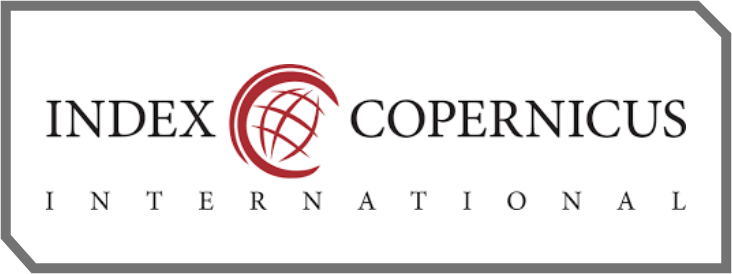Tantangan dan Peluang dalam Inovasi Pembelajaran Islam di Era Digital
DOI:
https://doi.org/10.59525/gej.v2i1.322Keywords:
challenges, digital era, islamic learning innovation, opportunitiesAbstract
Islamic learning in the digital era faces complex challenges along with technological advances. This research aims to analyze the challenges and opportunities in integrating technology into Islamic religious education, considering cultural aspects, spiritual values, and equitable technological infrastructure. The method used in this research is a qualitative approach, which involves an in-depth analysis of literature related to Islamic learning innovations in the digital era and case studies of technology implementation in the context of religious education. The research results show a need for a more in-depth understanding of technology integration in Islamic learning and unequal access to technological infrastructure. However, technology also offers opportunities to increase the accessibility of religious education and promote cross-cultural collaboration within Muslim communities globally. In conclusion, this article recommends a holistic approach to overcoming challenges and exploiting these opportunities by adopting strategies that strengthen spiritual and moral values, improving technological infrastructure, and professional training for educators. It is hoped that further research can provide practical guidance for developing relevant and inclusive Islamic education in this digital era.
Downloads
Published
How to Cite
Issue
Section
License
Copyright (c) 2024 Muh. Arif, Mohammad Saro'i, Asfahani Asfahani, Mariana Mariana, Opan Arifudin

This work is licensed under a Creative Commons Attribution-NonCommercial-ShareAlike 4.0 International License.










